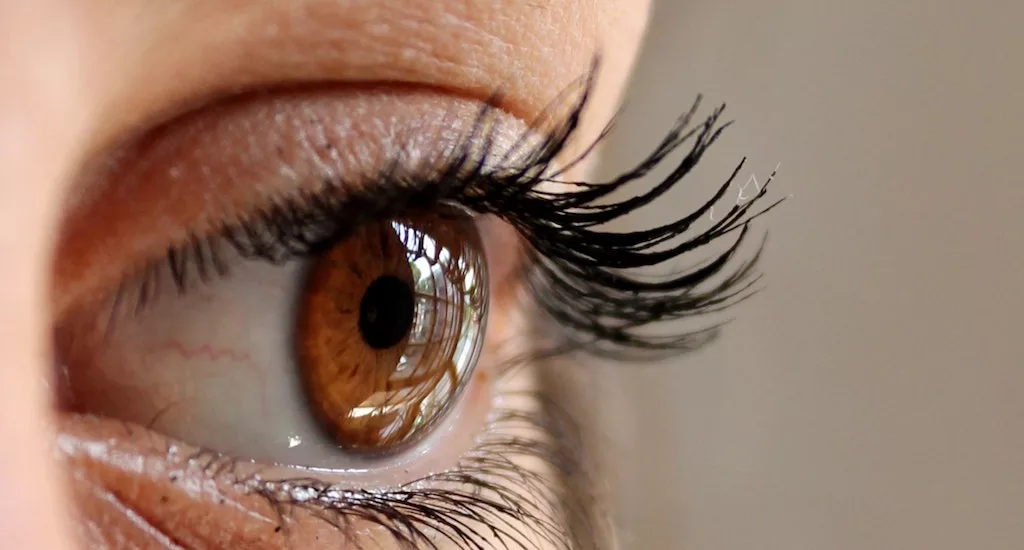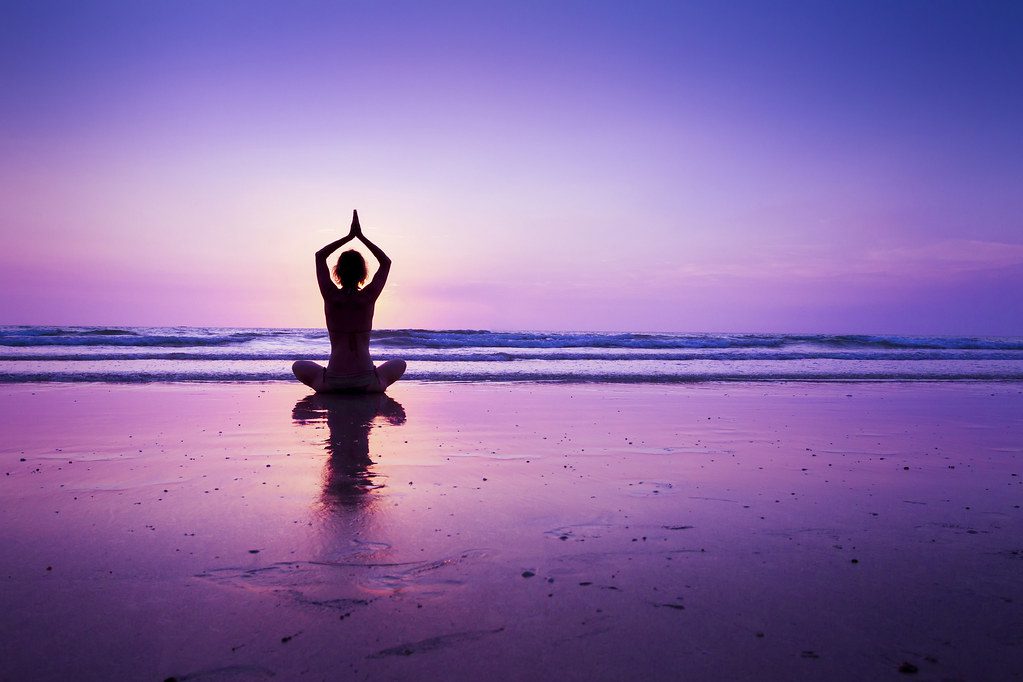Changes in the color of the skin around the eyes are called “dark circles.” Dark circles under the eyes are a common cosmetic problem that affects a large number of people. They look like dark, discolored spots around the eyes, which can make a person look tired, older, and less energetic.
The goal of this blog is to tell you everything you need to know about dark circles, including what causes them and how to prevent and treat them. By understanding how dark circles form, readers can take steps to improve their appearance and keep the skin around their eyes looking healthy and young. Whether you have dark circles or just want to know what causes them and how to treat them with under eye cream, this blog will give you useful information and advice you can use.
What are dark circles?
Unattractive dark circles under the eyes are a typical cosmetic problem. These spots, which can be anywhere from bluish-black to brownish-red, frequently come with localized puffiness or edema.
Many factors, including heredity, advancing age, and unhealthy practices, might contribute to under-eye darkness. Under-eye circles may be caused by a number of lifestyle factors, including lack of sleep, dehydration, stress, and an unhealthy diet. Inflammation and discoloration around the eyes can also be caused by illnesses like allergies, eczema, and chronic sinusitis.
Dark circles under the eyes are not usually a sign of a more serious health problem, but they can have a major psychological and social impact. Topical lotions, laser therapy, and injectable fillers are all viable treatment options for dark circles. Dark circles under the eyes can be less noticeable with time if you make some minor adjustments to your lifestyle, such as getting more sleep, drinking more water, and relaxing more.
Types of Dark Circles
Knowing the different kinds of dark circles can help you figure out what’s causing them and choose the right treatment.
- Pigmentation: Excess production of melanin, the pigment responsible for the skin’s color, can lead to dark circles around the eyes, a condition known as pigmentation. Those of darker skin tones tend to be more susceptible to this particular form of dark circles. Sun exposure, hormone shifts, and heredity can all play a role in the development of dark circles around the eyes.
- Thin skin: Dark circles can also be caused by having fragile skin under the eyes. This happens because as we become older, the skin thins right around our eyes, revealing our veins and capillaries for all to see. Fair-skinned folks and the elderly are more likely to experience this form of dark circle.
- Allergy Reactions: Dark circles can also be caused by allergies. Histamines are released after an allergic reaction and cause inflammation and edema. The result can be under-eye puffiness and darkness.
- High dehydration: Dull, dry, and darkened skin are all symptoms of dehydration. Dark circles under the eyes may be caused by dilated blood vessels, which become more visible when the body is dehydrated.
Causes of Dark Circles
Periorbital hyperpigmentation, or dark circles under the eyes, is a common disorder that can afflict people of any age. Dark circles under the eyes are characterized by discoloration and can be a frustrating and embarrassing condition for people who experience them. Dark circles beneath the eyes are not typically an indication of a life-threatening illness, but they can point to other health problems or poor behaviors. Reasons for under-eye darkness include:
- Genetics: Dark circles can be passed down through your genes. Some people’s genes make the skin under their eyes darker, which can make it look like they have dark circles.
- Aging: As we get older, the skin around our eyes gets thinner, and the collagen and elastin fibers that keep our skin firm and tight start to break down. This can make the blood vessels under our eyes stand out, giving us the look of dark circles.
- Allergies: Allergic reactions can cause swelling and redness, which can cause dark circles under the eyes. This is because the skin around our eyes is thinner and more sensitive, making it more likely to swell and change color.
- Lacking sleep: When you don’t get enough sleep, the skin under your eyes can look dull, pale, and more see-through. This can make the blood vessels under your eyes stand out, making it look like you have dark circles.
- Dehydration: If your body isn’t getting enough water, the skin under your eyes can look dry and sunken. This can make your dark circles stand out more.
- Sun Exposure: When the skin around your eyes is exposed to the sun’s UV rays, it makes more melanin, which can lead to hyperpigmentation and the look of dark circles.
- Iron deficiency: Iron is a very important mineral that helps your body move oxygen around. When your body doesn’t have enough iron, the skin under your eyes can look pale and sunken. This makes your dark circles stand out more.
- Medical conditions: Dark circles under the eyes can be a sign of thyroid problems, anemia, or liver disease, among other things.
Dark Circle Prevention
Although there are a few cosmetic options for lightening the shadows under your eyes, avoidance is always preferable. The appearance of dark circles under the eyes can be avoided by adopting the following habits.
- Sleep Habits: A lack of sleep is directly correlated with the appearance of dark circles under the eyes. Every night, adults should sleep for at least seven to eight hours. Lack of sleep can cause blood vessels to dilate, revealing dark circles under the eyes. You should also avoid sleeping on your stomach or side to prevent the accumulation of fluid and the resulting puffiness of the skin around your eyes.
- Eating Habits: Consuming a balanced, healthy diet can also aid in the fight against under-eye circles. Vitamins A, C, and E are antioxidants that help preserve and nourish the skin, thus eating foods high in these vitamins is important. Leafy greens and red meat are both excellent sources of iron, which can aid in warding off the anemia that can contribute to under-eye darkness.
- Proper Hydration: Dark circles under the eyes can be avoided by drinking enough water, which also helps the skin retain its natural moisture. Get at least 8 glasses of water throughout each day. Drinking alcohol or caffeinated beverages in excess can dehydrate the body, which can accentuate dark circles under the eyes.
- Avoiding Allergens: Under-eye bags and shadows are common allergy symptoms. If you have allergies, you should prevent exposure to whatever causes them. Go get tested for allergies by an allergist if you have any suspicions.
Dark Circle Treatment
Dark circles under the eyes can be treated in a number of ways, from simple home remedies to more complex medical treatments. Here are a few of the best ways to do it:
Home Remedies
- Cucumber Slice: Cucumber has natural skin-lightening and soothing properties that can help make dark circles less noticeable. Just cut thin slices from fresh cucumber and put them on your closed eyelids for 10 to 15 minutes. This cure works best if you do it twice a day.
- Tea Bags: Caffeine and antioxidants in tea can help blood vessels get smaller and reduce puffiness around the eyes. Steep two tea bags in hot water for a few minutes, then let them cool and put them over your eyes for 10 to 15 minutes. You can make this cure with black, green, or chamomile tea bags.
- Cold Compresses: Cold compresses can help narrow blood vessels and reduce swelling around the eyes. For this remedy, you can use a cold spoon, a bag of frozen peas, or a cold washcloth. Just put the compress on your eyes for a few minutes at a time, several times a day.
- Aloe Vera Gel: Aloe vera has anti-inflammatory and skin-soothing properties that can help get rid of dark circles and puffiness. Apply fresh aloe vera gel to the area under your eyes and leave it on for 10 to 15 minutes before washing it off with cool water. This cure should be done once a day.
Medical Treatment
- Topical Creams: You can buy over-the-counter creams and serums with ingredients like vitamin C, retinol, and under-eye cream for dark circles that can help get rid of dark circles and improve the texture of your skin. Look for products made just for the area under your eyes and use them as the manufacturer tells you to.
- Chemical Peels: A solution of acids is used in a chemical peel to remove the top layer of skin and stimulate collagen production. This can make dark circles and fine lines look less noticeable. Only a licensed dermatologist or aesthetician should do this treatment.
- Laser Treatment: Laser therapy uses focused light energy to break up the pigment and boost collagen production. This can make dark circles look less noticeable and improve the skin’s texture. Only a licensed dermatologist or cosmetic surgeon should do this treatment.
- Surgery: In severe cases, surgery may be needed to get rid of extra skin and fat under the eyes and make the dark circles look better. This procedure, called blepharoplasty, should only be done by a trained cosmetic surgeon who is licensed to do so. There are some risks and possible side effects that could happen.
The Bottom Line
Finally, dark circles around the eyes can make a person look tired, older, and less energetic. Genetics, aging, allergens, dehydration, and medical problems can cause them. Knowing dark circle forms and causes can help people choose the proper treatment and prevention. Dark circles can be prevented by getting adequate sleep, staying hydrated, eating a balanced diet, and protecting the skin from UV damage. Preventing dark circles is best. Healthy habits and eye skin care can keep people looking young.


